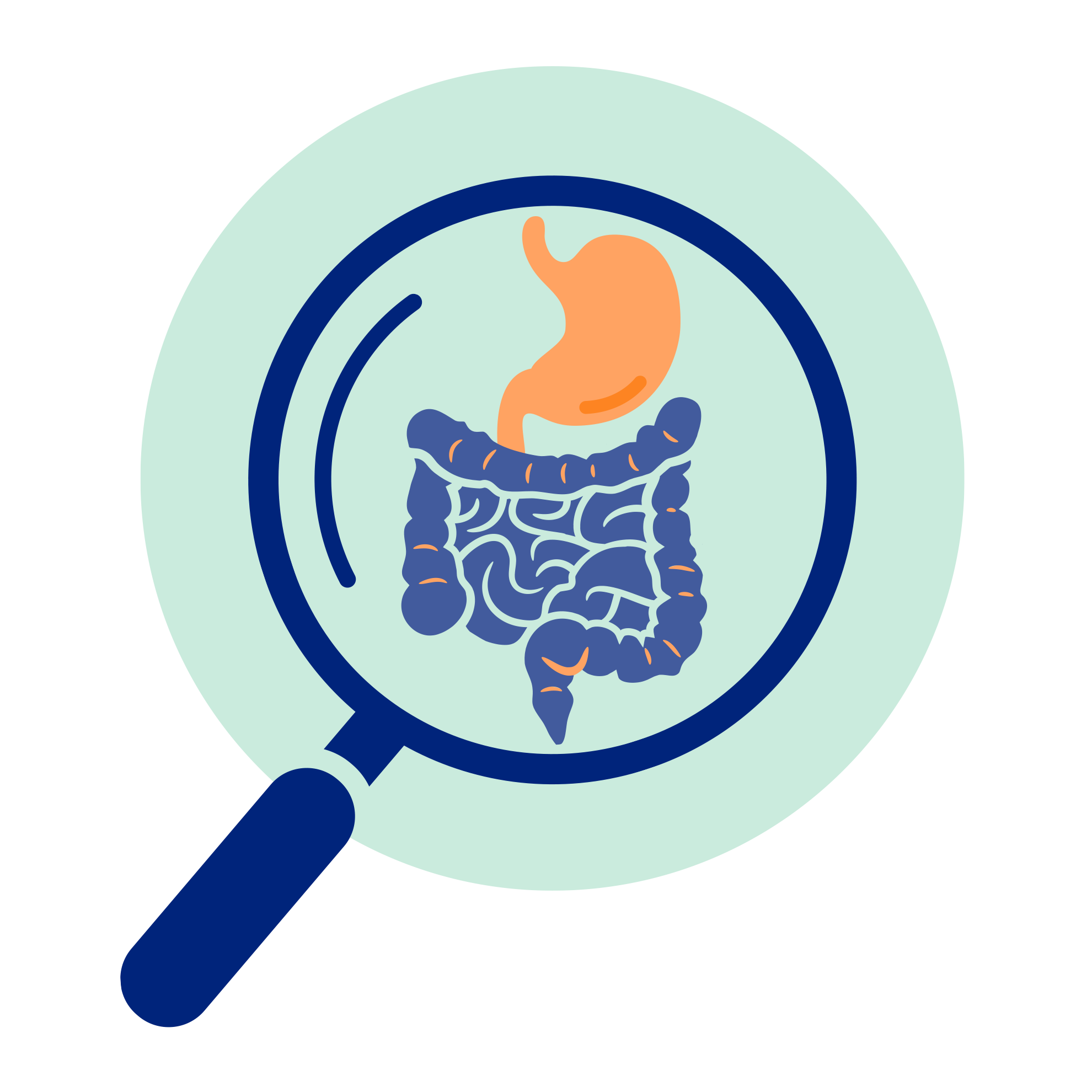
The TIM-1 consists of a gastric compartment and three small intestinal compartments, representing the duodenum, jejunum, and ileum. Bile and pancreatic solutions are secreted at true-to-life flow rates, resulting in physiological luminal concentrations. Aqueous hydrochloric acid (HCl) solution or aqueous sodium bicarbonate (NaHCO3) solution is added to control the gastric or intestinal pH, respectively. The small intestinal content is mixed by peristaltic movements and flushed along a hollow fiber-membrane unit to remove the bioaccessible fraction. The type of hollow fiber membrane unit can be selected based on the compounds being studied. A dialysis module is used for the removal of water-soluble compounds from the intestinal lumen, while a filtration unit is used to remove mixed micelles that contain lipophilic compounds (e.g. fatty acids and lipophilic nutrients and/or pharmaceutical ingredients). The peristaltic movements are accurately controlled (and kept at body temperature) by modulating the pressure of the water circulation in the space between a flexible wall and a glass jacket. Maximum pressure is controlled by sensors present in the water circulation.
The stomach and duodenum compartments are connected by a peristaltic valve. The TIM-1 closely simulates the successive dynamic conditions in the upper gastrointestinal tract, such as body temperature, pH curves, concentrations of electrolytes, enzymes and bile salts, and gastrointestinal transit of the food or water, related to the gastrointestinal conditions of adults, neonates (0-1 month of age), infants (1-6 months), toddlers (6-24 months), or elderly. The set-points for gastrointestinal simulation are controlled and monitored by specific computer programs.
During the experiments, the released and dissolved compound of interest is removed through a semipermeable membrane unit connected to the jejunum and ileum compartments. This allows sampling during the gastrointestinal transit and the assessment of the bioaccessible fraction. This is the fraction of compound that is potentially available for small intestinal absorption. The non-absorbed fraction that would be delivered to the large intestine is collected as ileum effluent after passage through the simulated ileocaecal valve. Additionally, luminal samples can be collected from the jejunum and ileum compartments.




